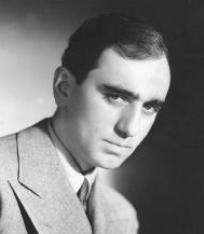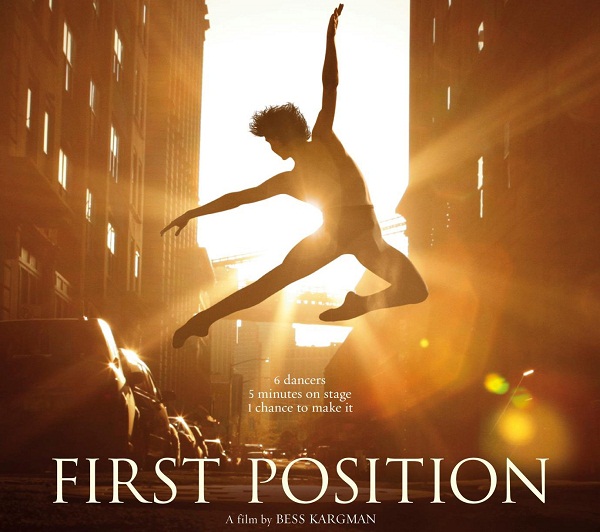 Busby Berkeley, born November 29 1895 (died March 14 1976) was a highly influential Hollywood director and musical choreographer, famous for his elaborate musical production numbers that involved complex choreography through geometric patterns. Berkeley’s works used large numbers of showgirls and props as fantasy elements in on-screen performances which were both captivating and impressive.
Busby Berkeley, born November 29 1895 (died March 14 1976) was a highly influential Hollywood director and musical choreographer, famous for his elaborate musical production numbers that involved complex choreography through geometric patterns. Berkeley’s works used large numbers of showgirls and props as fantasy elements in on-screen performances which were both captivating and impressive.
Berkeley made his stage debut aged five, acting in the company of his performing family. Following his serving in World War I, during the 1920s Berkeley became a dance director for nearly 30 Broadway musicals. As a choreographer, Berkeley was more interested in his chorus girls’ ability to form attractive geometric patterns, creating an awe-inspiringly regimented display perhaps inspired by his army experiences. However, his audiences experiencing the Great Depression of America made Berkeley very popular, and he went on to choreograph four musicals back-to-back for Warner Bros.: 42nd Street, Footlight Parade, Gold Diggers of 1933 and Fashions of 1934.
For his choreographic work, Berkeley began to develop his theatrical techniques for the musical numbers of films, such as Samuel Goldwyn’s Eddie Cantor musicals. Here he trialled and extended techniques such as the “parade of faces” in which each chorus girl’s face was shot with an individual, loving close-up. He also began to move his dancers around the stage, and later beyond the stage in shooting highly cinematic shots containing as many kaleidoscopic patterns as possible. The ‘top shot’ filming technique, shot from above, became synonymous with Berkeley’s work, another kaleidoscope shot which also appeared in the Cantor films.
As a choreographer Berkeley was allowed much independence in his direction of musical numbers, yet they were often in great contrast to the narrative sections of the films, focusing on decoration and the aesthetics of dance and glamour. Many of his innovative creations have been heavily analysed, some critiqued for their display, or perhaps exploitation, of the female form as seen through the “male gaze”. However Berkeley always denied any significance of his work, arguing that his main professional goals were to constantly improve his work and never repeat his past accomplishments.
Image courtesy of Wikipedia.

 Similar to many ballet productions that have recently been screened in cinemas, it will be possible in the future to catch up with your favourite West End shows with a bucket of popcorn. Digital Theatre, which makes filmed theatre productions available for download online, and CinemaLive have paired up to screen some of the best of British theatre in UK cinemas, both new works and those from theatrical archives.
Similar to many ballet productions that have recently been screened in cinemas, it will be possible in the future to catch up with your favourite West End shows with a bucket of popcorn. Digital Theatre, which makes filmed theatre productions available for download online, and CinemaLive have paired up to screen some of the best of British theatre in UK cinemas, both new works and those from theatrical archives. First Position, a ballet documentary-come-movie to be screened in cinemas in the UK, paints a thrilling and moving portrait of the most gifted ballet stars of tomorrow as they prepare for the chance to enter the world of professional ballet. Bess Kargman’s award-winning box office hit documentary follows six extraordinary dancers, complete with bruises, blood, injuries and near exhaustion, as they follow their dreams and enter the Youth America Grand Prix, held annually in New York for boys and girls aged 8 to 19.
First Position, a ballet documentary-come-movie to be screened in cinemas in the UK, paints a thrilling and moving portrait of the most gifted ballet stars of tomorrow as they prepare for the chance to enter the world of professional ballet. Bess Kargman’s award-winning box office hit documentary follows six extraordinary dancers, complete with bruises, blood, injuries and near exhaustion, as they follow their dreams and enter the Youth America Grand Prix, held annually in New York for boys and girls aged 8 to 19. ITV are set to celebrate Andrew Lloyd Webber’s impressive and vast 40-year career with a 90-minute television special to mark his musical achievements. Stars such as Samantha Barks, Kimberley Walsh, Tim Minchin and Nicole Scherzinger are among the performers who will take part in the show which aims to celebrate the on-stage work of Lloyd Webber, rather than be a tribute to said work, which is sure to continue far into the future.
ITV are set to celebrate Andrew Lloyd Webber’s impressive and vast 40-year career with a 90-minute television special to mark his musical achievements. Stars such as Samantha Barks, Kimberley Walsh, Tim Minchin and Nicole Scherzinger are among the performers who will take part in the show which aims to celebrate the on-stage work of Lloyd Webber, rather than be a tribute to said work, which is sure to continue far into the future.

 Curzon Cinemas are due to bring Matthew Bourne’s triumphant re-interpretation of Swan Lake (certificate PG) on May 14th, at the Soho showing theatre. The production is a pre-recorded version from a 2011 performance at Sadler’s Wells, and will continue to showcase the bare-footed swans to audiences nationwide and beyond.
Curzon Cinemas are due to bring Matthew Bourne’s triumphant re-interpretation of Swan Lake (certificate PG) on May 14th, at the Soho showing theatre. The production is a pre-recorded version from a 2011 performance at Sadler’s Wells, and will continue to showcase the bare-footed swans to audiences nationwide and beyond.